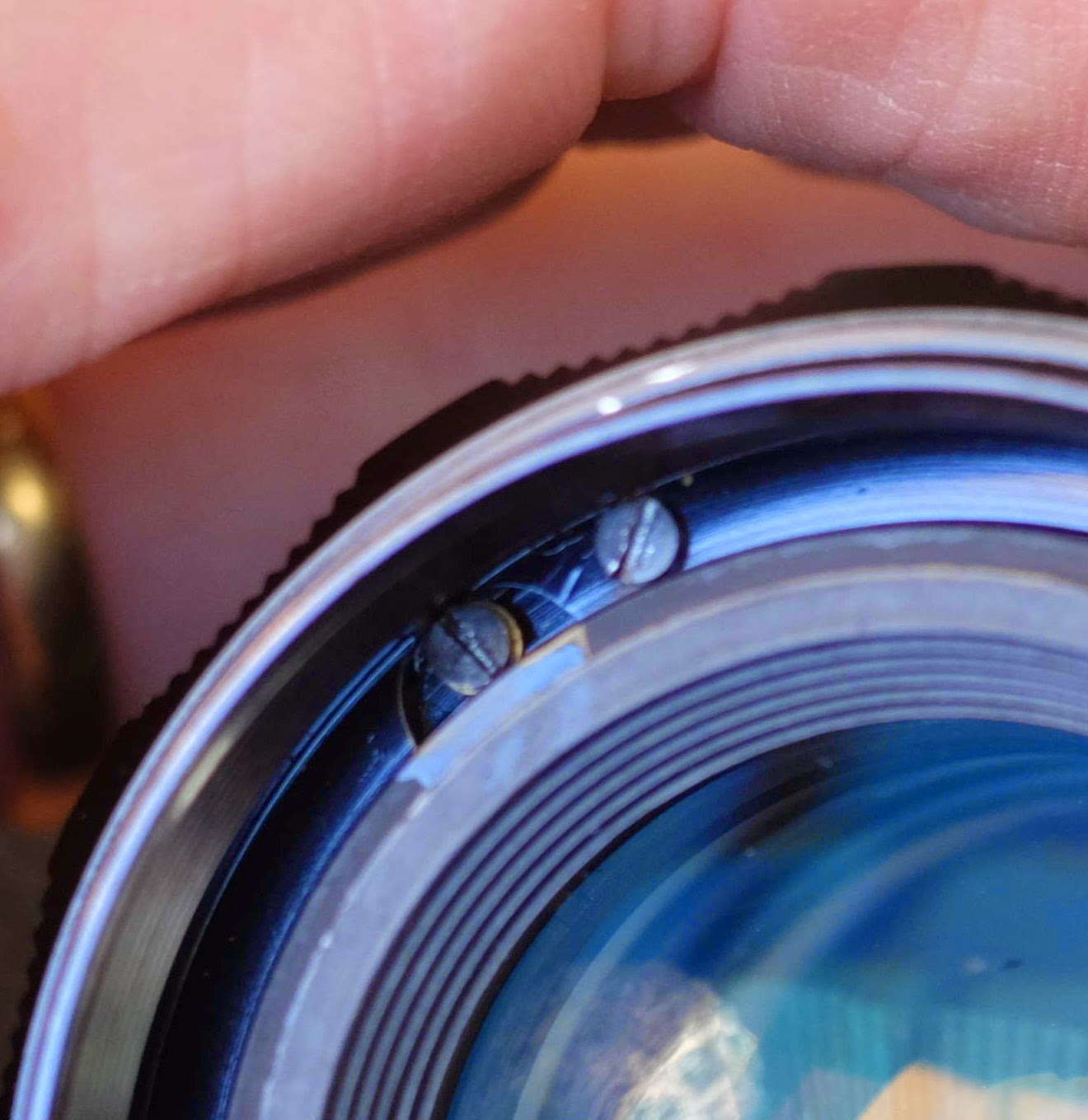Up until then I had only used adapted vintage Pentax lenses. After much review and forum reading I decided on the 35mm f1.4, it having an equivalent field of view as a 52mm lens in 35mm film format and "fast" at f1.4, I considered it the best choice for general walk around and low light.
It has an aperture ring with 1/3 f stop positions so you can fine tune your aperture. The pictures are stunning.
- Close Focus: 28cm
- Iris: 7 blades
- Contruction: 8 elements in 6 groups (includes 1 aspherical element)
- Weight: 187gm
I did a very quick "Coma" test last night in the back yard. It was clear, but of course "light polluted" I can say at f 2.0 there is almost no coma, just a little bit which is fantastic, I would never get that result on a fast Vintage lens. I'm very excited about our next trip to some dark skies.
more to follow.
It turns out the skies around Blairgowrie on the Mornington Peninsular are pretty good for Astrophotography. The following picture is a stack of 15 images aligned and stacked using "Hugin" and "Enfuse" and post-processed using "Gimp" all under "Linux" "Ubuntu". Software Details Here.
Southern Cross Region, Milky Way
Blairgowrie Victoria Australia 13/3/2015
38° 21' 38.0988'' S 144° 46' 30.4968'' E
38° 21' 38.0988'' S 144° 46' 30.4968'' E
Fujifilm XT-1 Fujinon 35mm f1.4 @ f2.0 14 X 5 second exposures ASA 6400
Fixed tripod. Rotated 90 degrees right.

Whilst this lens may not have been designed for close up work, you can seen from the following pictures that it does a pretty good job of it.
With a bit of cropping you could be excused for thinking it was a macro lens.
A Butterfly in the Back Garden
 |
| Fujinon XF 35mm f1.4 @ F2.8 200asa |
 |
| Praying Mantis. XF 35 f1.4 @ f2 |
 |
| Fujinon XF 35mm 1.4 @ f2 400asa |
 |
| Back Yard Rose and Aphid. Fujinon XF 35mm @f2 |
 |
| Fujinon 35m F1.4 @ F5.6 |
 |
| Local Park |








